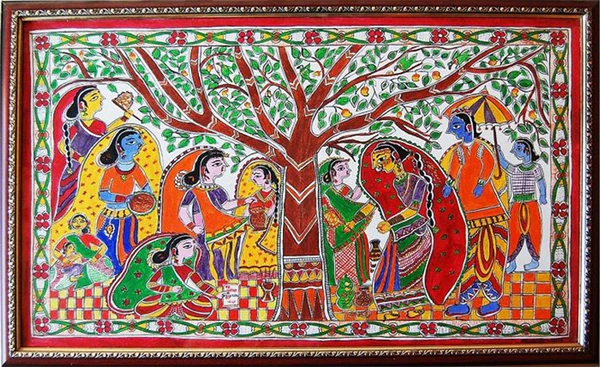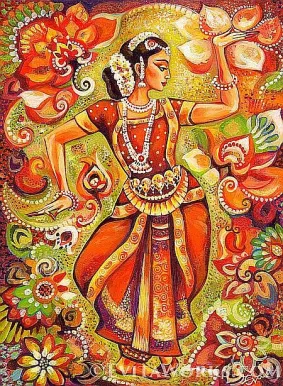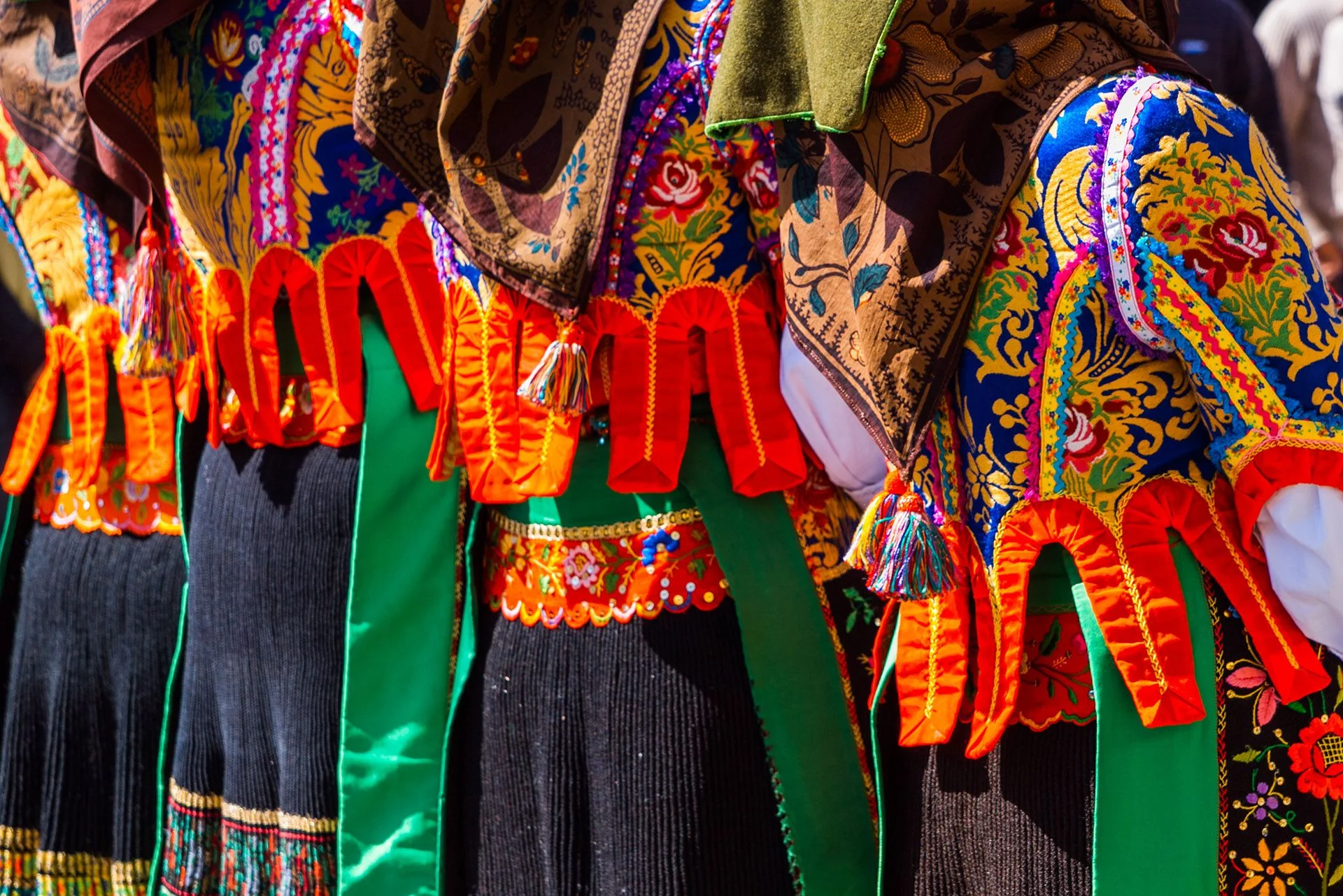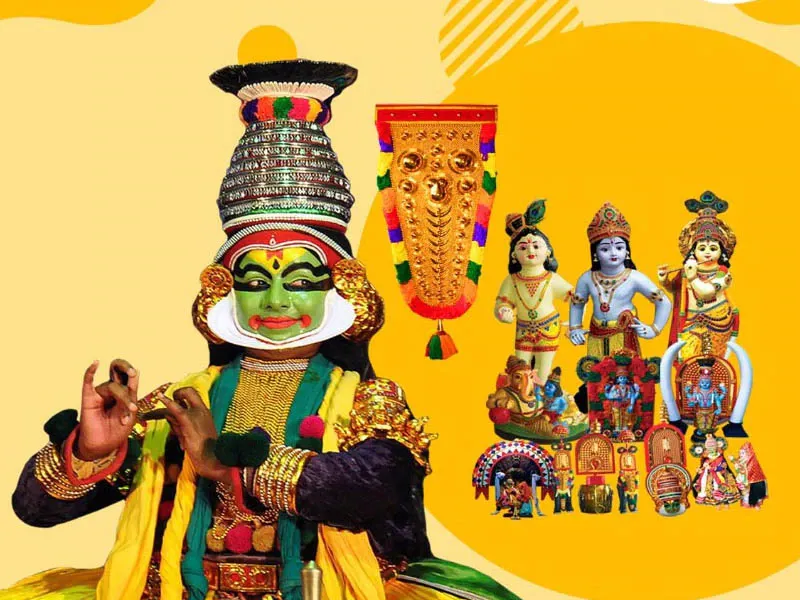The Influence of Indian Art on Global Culture: India’s rich artistic heritage, spanning centuries, has left an indelible mark on world culture. From ancient sculpture to contemporary design, Indian art has inspired, influenced and integrated numerous artistic traditions worldwide. This article explores the profound impact of Indian art on global culture through its unique style, philosophy and craftsmanship.
Historical Roots of Indian Art:

Indian art is deeply rooted in the country’s diverse history and heritage. Influenced by ancient civilizations like the Indus Valley and centuries of cultural exchange with regions like Persia, Greece and China, Indian art has evolved into a multifaceted expression of creativity. The Mauryan and Gupta periods mark the golden age of Indian art, giving rise to iconic sculptures and architecture such as the Ashoka Pillars and the Ajanta Caves. These creations have inspired countless global artists and architects.
Indian Architecture: A Global Marvel:
From Mughal monuments to Dravidian temples, the grandeur of Indian architecture has captivated the world. Iconic structures like the Taj Mahal, a UNESCO World Heritage Site, are celebrated for their intricate craftsmanship and aesthetic appeal. This influence is visible in contemporary architecture, where elements like domes, arches and latticework (latticework) designs have been incorporated into designs worldwide. The Indo-Saracenic architectural style, prevalent in colonial India, also inspired buildings in Britain, Southeast Asia and Africa.
Indian Textiles and Fashion: A Global Trendsetter:
India’s textile heritage is unparalleled, showcasing extraordinary artistry with fabrics like silk, cotton and wool. Techniques like block printing, embroidery and tie-dye have received global acclaim. Designers from around the world draw inspiration from Indian motifs and patterns. The popularity of sarees, lehengas and kurtas on the international fashion circuit underscores the global appreciation for Indian clothing. Moreover, handwoven fabrics like khadi and ikat are now seen as sustainable fashion choices in an eco-conscious world.
Indian Sculpture and Idols: Inspiring World Creations:
Indian sculpture, especially those from the Gupta and Chola periods, have influenced the global perception of art. India’s serene Buddha statues inspired similar creations in Southeast Asia, China and Japan. The intricate bronze sculptures of the Chola dynasty in Tamil Nadu are admired worldwide for their technical mastery. Modern artists often integrate these traditional elements into contemporary art pieces, creating a bridge between the past and the present.
Indian Art in Contemporary Design:
The vibrant colors, bold patterns and intricate details of Indian art have become an integral part of contemporary design. Indian-inspired artwork, such as mandalas, is now ubiquitous in home décor worldwide. Wall hangings, ragas, and paintings featuring Indian themes have become popular choices for enhancing interiors. Moreover, festivals like Diwali and Holi are now celebrated globally, bringing Indian aesthetics to the international stage.
Influence of Indian Music and Dance in Global Art:

Indian music and dance forms, deeply intertwined with the country’s artistic heritage, have also contributed significantly to world culture. Classical dance forms like Bharatanatyam and Kathak have influenced the modern dance movement. Bollywood dance styles have found fans worldwide, shaping global pop culture. Similarly, Indian classical music, with its unique ragas and rhythms, has influenced jazz, pop, and fusion music. Renowned artists like Ravi Shankar and A. R. Rahman have played a significant role in introducing Indian music to the world.
Indian Cinema as a Canvas of Artistic Expression:
Indian cinema, especially Bollywood, serves as a melting pot of artistic expression. Vivid sets, elaborate costumes, and intricate storytelling have made Bollywood a global phenomenon. The portrayal of Indian art, culture, and heritage in films has introduced international audiences to the richness of India’s heritage.
Yoga and Indian Philosophy in Global Artistic Narrative:
Yoga, rooted in Indian philosophy, has transcended borders to influence not only health and wellness but also global art. Depictions of yoga postures in sculpture, painting, and other art forms have gained global prominence. Yoga festivals and studios often incorporate Indian aesthetics, blending spirituality with artistic expression.
Preservation and Promotion of Indian Art Worldwide:
Efforts to preserve and promote Indian art on a global platform have intensified. Exhibitions, art fairs, and cultural exchanges bring India’s artistic heritage to a wider audience. Digital platforms and social media further expand the reach of Indian artists, connecting them with art enthusiasts worldwide.
Indian art has been a beacon of creativity, innovation and cultural pride. Its impact on world culture is a testament to its timeless appeal and adaptability. As the world becomes more interconnected, the fusion of Indian art with global trends promises a future rich in artistic diversity.
Read Also: Artifacts and Material Culture
![]()






One thought on “The Influence of Indian Art on Global Culture”